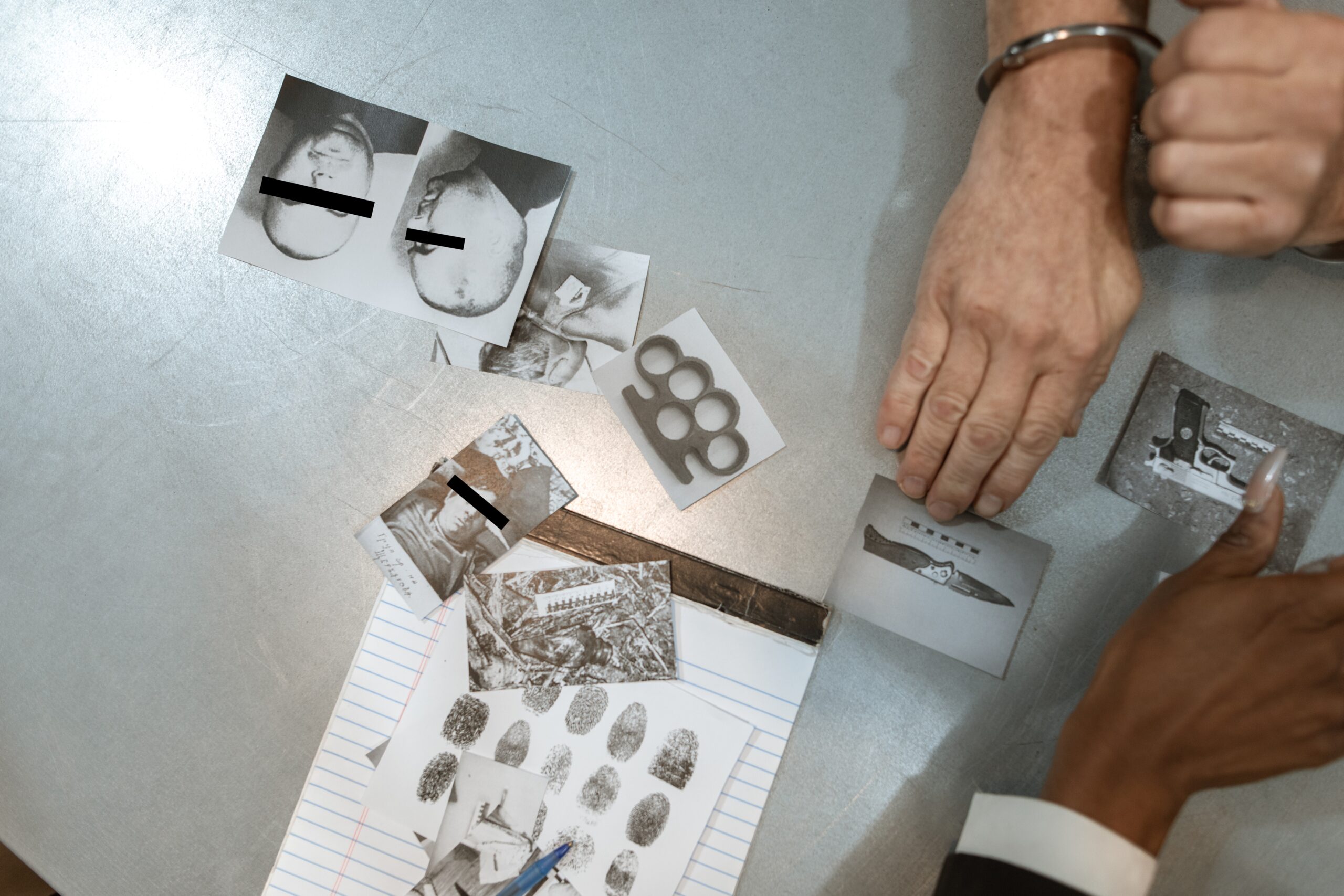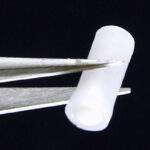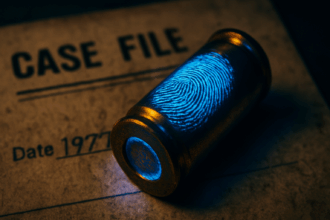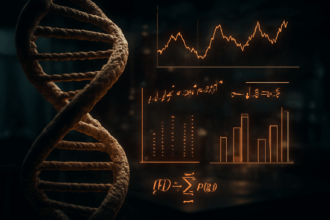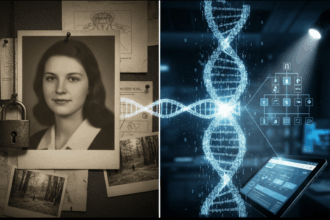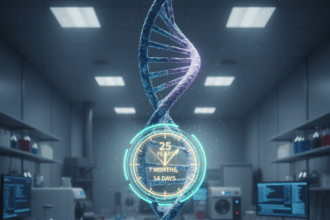The first lie detector, Polygraph, was built by John Larson, a University of California medical student, and Leonard Keeler designed the first lie detector, Polygraph.
A Nobel Prize is awarded to Englishman Francis Aston for developing the mass spectrometer.
Vittorio Siracusa, working at the Institute of Legal Medicine of the R. University of Messina, Italy, developed the absorption-elution test for ABO blood typing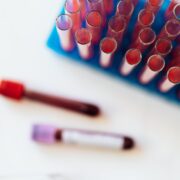
The Los Angeles Police Department Chief August Vollmer (1876–1955) established the first police laboratory in the United States.
In the court case Frye v. the United States, polygraph test results were ruled inadmissible, bringing about the concept of “general acceptance,” or evidence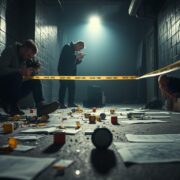
The Bureau of Forensic Ballistics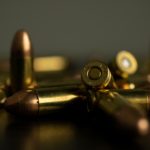
Willem Einthoven (1860–1927) invents the electrocardiogram (EKG). Hans Berger (1873–1941) invents the electroencephalograph (EEG), the first objective test of human brain activity.
1925: Philip Gravelle and Calvin Goddard (1891–1955) develop the comparison microscope.
Saburo Sirai, a Japanese scientist, is credited with first recognizing the secretion of group-specific antigens into body fluids other than blood.
The case of Sacco and Vanzetti, which took place in Bridgewater, Massachusetts, was responsible for popularizing the use of the comparison microscope for bullet comparison. Calvin Goddard’s conclusions were upheld when the evidence was re-examined in 1961.
Landsteiner and Levine first detected the M, N, and P blood factors leading to the development of the MNSs and P typing systems.
Meüller was the first medicolegal investigator to suggest the identification of salivary amylase as a presumptive testPresumptive test - a test that is typically conducted at a crime scene that provides investigators with basic information regarding the compound in question. Presumptive tests can typically reveal the class of evidence, but are Read Full Definition for salivary stains.
K. I. Yosida, a Japanese scientist, conducted the first comprehensive investigation establishing the existence of serological iso antibodies in body fluids other than blood.
1929: Calvin Goddard’s ballistic analyses used to solve the famous St. Valentine’s Day Massacre in Chicago led to the establishment of the Scientific Crime Detection Laboratory (SCDL), the first independent crime lab on the campus of Northwestern University Evanston, Illinois.
American Journal of Police Science was founded and published by Goddard’s Scientific Crime Detection Laboratory staff in Chicago. In 1932, it was absorbed by the Journal of Criminal Law and Criminology Criminology is the study of criminal behavior and its interactions with the legal system, incorporating theories, crime prevention, and societal implications. Read Full Definition, becoming the Journal of Criminal Law, Criminology, and police science.
Criminology is the study of criminal behavior and its interactions with the legal system, incorporating theories, crime prevention, and societal implications. Read Full Definition, becoming the Journal of Criminal Law, Criminology, and police science.
Prototype polygraph, which John Larson invented in 1921, developed for use in police stations
John Glaister (1856–1932) publishes his landmark book on hair analysis. “Hairs of Mammalia from the Medico-legal Aspect,” became a renowned and widely used resource for hair analysis information.
Franz Josef Holzer, an Austrian scientist working at the Institute for Forensic Medicine of the University of Innsbruck, developed the absorption-inhibition ABO typing technique that became the basis of that commonly used in forensic laboratories. It was based on the prior work of Siracusa and Lattes.
The Federal Bureau of Investigation (FBI) established its crime laboratory, now one of the foremost crime labs in the world. This same year, a chair of legal medicine at Harvard was established.
1935: Frits Zernike (1888-1966), a Dutch physicist, invented the first interference contrast microscope, the phase-contrast microscope, which permits the study of internal cell structure without the need to stain and thus kill the cells. He won Nobel Prize for Physics in 1953 for this invention.
German Scientist Walter Specht (1907–1977), at the University Institute for Legal Medicine and Scientific Criminalistics in Jena, Germany, developed the chemiluminescent reagent luminol as a presumptive test for blood. Walter Specht finds that the chemical luminol glows in contact with latent blood.
Franz Josef Holzer published the first paper addressing the usefulness of secretor status for forensic applications.
Paul Kirk assumed leadership of the criminology program at the University of California at Berkeley. In 1945, he formalized a major in technical criminology.
M. Polonovski and M. Jayle first identified haptoglobin.
1939: The FBI Law Enforcement Bulletin publishes Wilton Marion Krogman’s (1903–1987) seminal article on examining skeletal remains, “Guide to the Identification of Human Skeletal Material,” introducing the field of anthropology to the world of forensic investigation.
1940: Karl Landsteiner (1868 – 1943) and Alexander Solomon Wiener (1907 – 1976) first described Rh blood groups.
1940: Vincent Hnizda, a chemist with the Ethyl Corporation, was probably the first to analyze ignitable fluid. He used a vacuum distillation apparatus.



